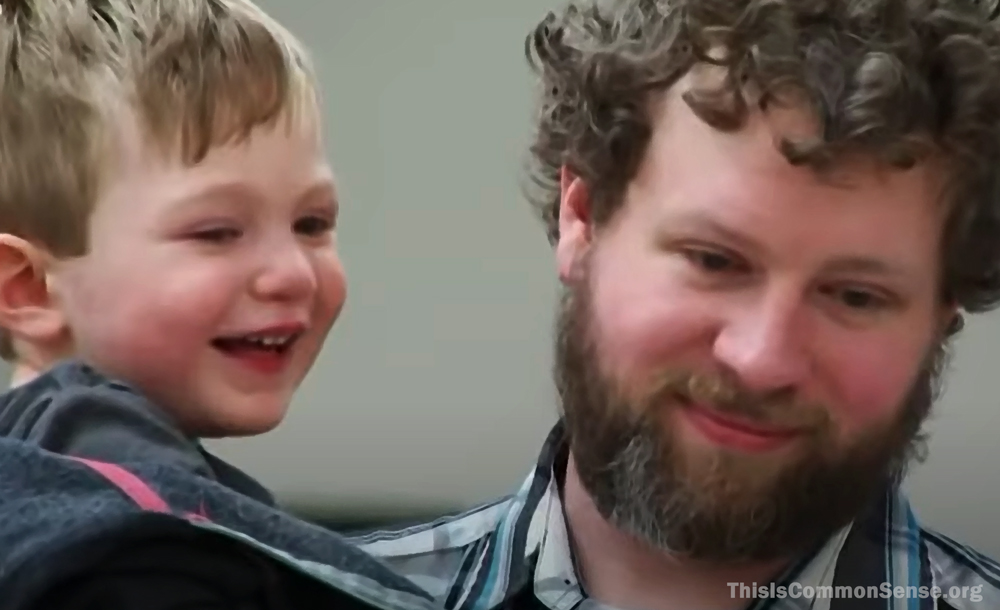One of the things that made 2019 a decent year was the robotics team at Farmington High School in Minnesota.
A former student at the school, Tyler Jackson, contacted the team to ask if they could help his son, two-year-old Cillian, become more mobile. He had been born with a condition resembling cerebral palsy that makes it hard to move around.
The Jackson family couldn’t afford the kind of power wheelchair Cillian needed.
The Farmington kids were eager to help. They replaced the electrical innards of a Fisher Price riding toy, added a bicycle seat, and used a 3D printer to design a joystick and other components.
The team applied skills gained by building robots for competitions, and they also got technical help from the University of Delaware, which had a program for designing mobility devices for disabled kids.
A local broadcast story about the wheelchair shows Cillian in action.
He isn’t the only child who has benefitted from the team’s tech prowess.
Early in 2021, the Rogue Robotics team at Farmington posted an appeal on their Facebook page after learning that Fisher Price had “discontinued the Power Wheels model Wild Thing we convert into wheelchairs for little kids” who either don’t fit into standard powered wheelchairs or can’t afford them.
They asked that anyone who happens to have a Wild Thing model in good condition consider donating it.
This kind of innovation can now be rolled out — pun intended? — broadly, not so much as mass production but as home and community and fix-it shop projects, with 3D printing tech aiding in the revolution.
Now that’s Common Sense. I’m Paul Jacob.
—
See all recent commentary
(simplified and organized)

